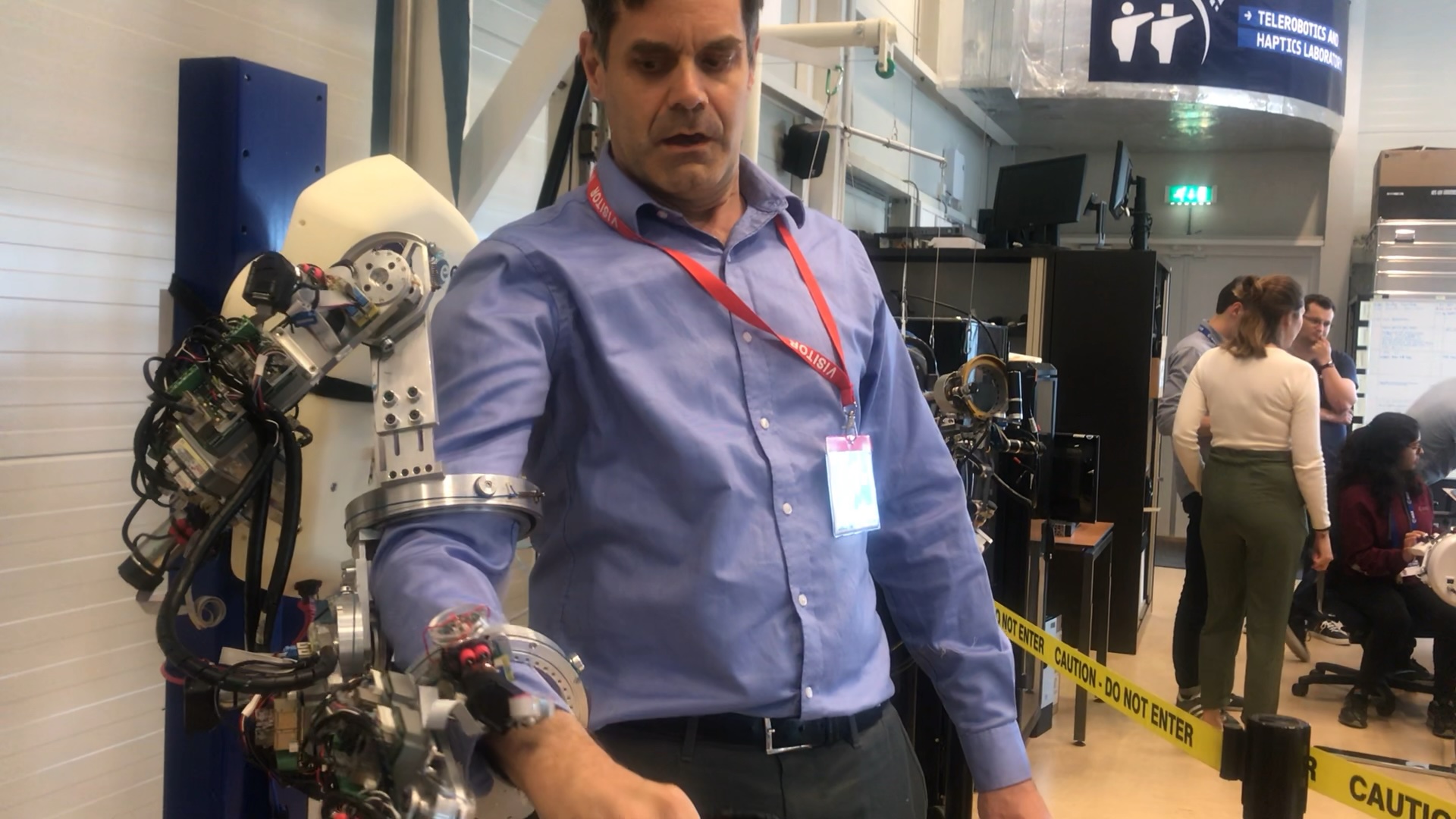Finding Your Way With Telepresence
Telepresence In Deep Space
By Mark Ciotola
First published on September 22, 2024. Last updated on November 3, 2024.
Deep space is anything beyond Earth orbit. It will include the Lunar Gateway and any spacecraft on the Moon. Latency between the Earth and the Moon locations is noticeable, but modest, roughly on the order of one second due the distance from the Earth, and perhaps longer due to technology and configuration issues.
However, telepresence to locations such as Mars and beyond are considerably more problematic. Communications are limited by the speed of light, and Mars is far enough that roundtrip radio or laser communications require at least 20 minutes.
Two way telepresence is not limited to visual and audio communications. It is possible to transmit touch and movement. The Emerge device provides the ability to feel movement by a remote person’s hands. (Disclaimer: the author was an early-stage advisor to Emerge).
An example of more advanced control and tactile feedback are the exoskeleton suits being developed at the Earopean Space Agency’s Exoskeleton suit at ESA Telerobotics and Haptics Laboratory at ESTEC in Noordvijk, Netherlands.An exoskeleton can potentially control machinery or humanoid robots in inhospitable environments, such as on the Moon, Mars or asteroids, or allow a remote person to engage in in situ activies, such as a surgeon on Earth performing surgery on a patient on the Moon. Not that latency can become an issue, though, for moving spacecraft, the travel time for radio waves can make real time telepresence inpossible for very long distances sch as between the Earth and Mars.

Haptioc sensor arm at ESA Estec Haptics laboratory
« Telepresence in the Deep Sea | COURSE | Future of Telepresence »